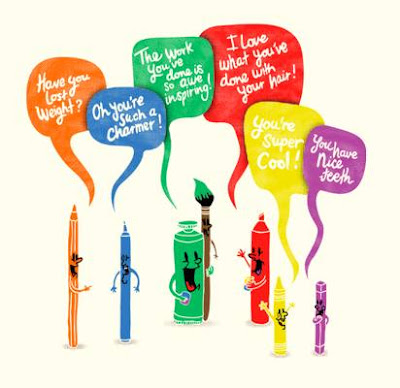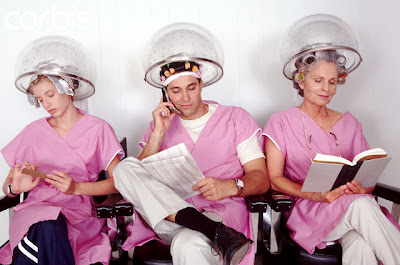Relational Aesthetics was a term first defined by Nicolas Bourriaud in 1996 as "a set of artistic practices which take as their theoretical and practical point of departure the whole of human relations and their social context, rather than an independent or private space". Art is judged on inter human relations which they represent, produce, or prompt. The term was first used in a piece of writing Bourriaud did for an exhibition called
Traffic which was curated by him in CAPC musee d'Art contemporain de Bordeaux (CAPC Museum of Contemporary Art in Bordeaux). Rirkrit Tiravanija was in this exhibition and Bourriaud would continue to mention him in his conversations on Relational Aesthetics.
Bourriaud says "the rold of artworks is no longer to form imaginary and utopian realities, but to actually be ways of living and models of action within the
existing real, whatever scale chosen by the artist". In Relational Aesthetics the audience is regarded as a community, instead of art being an experience between viewer and object it becomes a shared encounter and through collective expereience there is a significance that contrasts with an individual viewer and a work of art being viewed.
*note
The University of New Mexico College of Fine Arts links its fine arts program with the ideas of Relational Aesthetics.
From what I understand what Tiravanija seeks to do is to create spaces and opportunities, usually in a gallery or museum space, where people can come together and ta
ke part in conversing with each other and people they have never met. Often, but not always, this involves a meal which Tiravanija himself prepares and serves.
I thought Tiravanija put it best when he spoke about his intentions concerning his art at Walker
Art Center:
"The situation is not about looking at art. It is about being in the space, participating in the
activity. The nature of the visit has shifted to emphasize on the gallery as a space for social
interaction. The transfer of such activities as cooking, eating, or sleeping into the realm of the
exhibition space put visitors into very intimate if unexpected contact; the displacement creates
an acute awareness of the notion of public and private, the installations function like scientific
experiments: the displacement becomes a tool and exposes the way scientific thought processes
are constructed. The visitor becomes a participant in that experiment."
-Rirkrit Tiravanaji
1-
Tiravanija doesn't actually produce anything that has a monetary value. He creates a space and
tries to do so in a way that breaks away from the traditional constraints of the art world where
monetary value is often part of a goal. So his art is often consumed but nobody owns it. However
there are times when collectors are purchasing the pots and pans that he used, even leftovers.
Tiravanija has orange cots that he often sleeps on apparently IN the museum or gallery where he
is exhibiting and these cots have been sold and are installed in some museum now.
2-
Anyways setting up a makeshift kitchen or restaurant in a gallery or museum can provide for some
interesting questions or situations. Since anyone can go into these museums and galleries Tiravanija
poses some questions by choosing to set up shop in these spaces.















